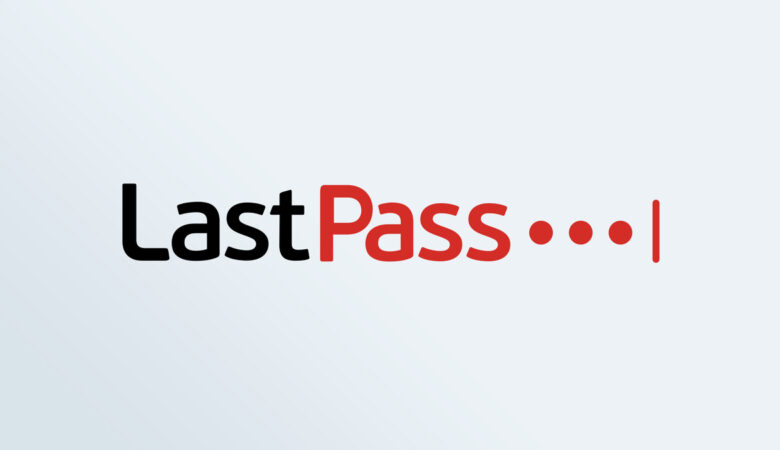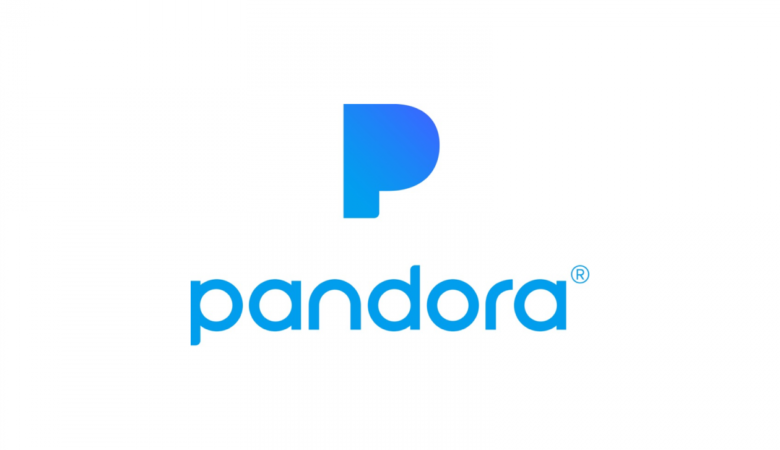In the world of web scraping, there are still a lot of myths and mysteries. The main reason for this is, of course, lack of knowledge. Scraping is still relatively new, and people tend to make assumptions instead of getting informed.
However, with the emerging use of HTTP headers, the whole thing has gotten even more complex (at least to some people). We’ve decided to put an end to this and give you the essential information you need about these two and how they work together.
Stick around for a couple of minutes, and you’ll be able to explain to everyone what all the fuss is about with HTTP headers and web scraping.
Definition of Web Scraping
Scraping is an automated process of gathering data online. It involves three core tasks: collecting data, organizing it in a structured matter, and storing it. Companies and professionals use data scraping to gather and sort a variety of online data that’s publicly available.
This data is later used for all kinds of analytics that are turned into actionable insights that benefit business organizations. Scraping is widely available today, and companies can get it as a service. However, if you want to do it yourself, things start to get a bit more complicated.
Among other things, you will also have to work with HTTP headers, but before we get to that, let’s see what HTTP headers are.
Definition of HTTP Headers
Hypertext Transfer Protocol headers are an integral part of this protocol, and they transmit extra information when HTTP responses or requests are executed. Apart from the data delivered by web servers to browsers from websites, the browser and server exchange information using HTTP headers.
Simply put, HTTP headers are a line of code used to transfer data between clients and web servers, and you can use them in both directions. There is a long list of HTTP headers depending on their role and functions.
Here are the common HTTP headers. Each of these categories has several different HTTP headers.
- General Headers
- Response Headers
- Request Headers
- Entity Headers
Four main types of HTTP Headers
Lots of companies around the world use various HTTP headers for scraping. All of them give different results and are more or less suited for a variety of scraping tasks. Here are the main HTTP header types used for scraping.
Accept HTTP Header
By adjusting the Accept HTTP header, users will be able to fine-tune their requests with the required format of the web server. In other words, if this header is configured correctly, the web scraper will appear more organic and get better access to the website’s data.
Accept-Encoding HTTP Header
This header allows you to send requests that lower traffic volume. It’s very important in scraping because the website will receive compressed information, making you appear as a single user visiting the site.
Accept-Language HTTP Header
This HTTP header is very useful when the URL can’t be used to identify the language used by the client. The Accept-Language header makes the scrapper appear as a local internet user. A lot of blocking systems work by suppressing requests using the wrong language.
User-Agent HTTP Header
With this header, scrappers can gather information about software details, application type, and the operating system used by the competition. It makes it easier to look like a typical user.
If you’d like to learn more about the topics, here’s a great article on common http headers.
The connection between HTTP Headers and Scrappers
You’re probably wondering by now why HTTP headers and scrappers need to work together? The reason is quite simple – lots of websites set up security measures to prevent scrapers from extracting data from their pages.
In other words, scrappers won’t get anything useful from protected websites. Some might block them entirely, while others will let them get partial data which is also useless. That’s the reason why HTTP headers are necessary. They are the most effective method for bypassing these blocks.
HTTP headers let scrapers appear as organic traffic, hide original information, start scraping without issues, and many other things.
Main Benefits
The biggest benefit of HTTP headers for web scraping is that they let you scrape sites that look to block this kind of activity. They change scraping scripts, making them unrecognizable by websites. The better someone is at using headers and randomizing them, the more effective their scrapping efforts will be.
At the same time, HTTP headers also make it difficult for websites to recognize scrappers. In other words, it’s highly unlikely that you’ll get your IP banned when using HTTP for data extraction.
Conclusion
As you can see, HTTP headers have a big role to play in web scraping. We hope that this post has helped you understand scraping, HTTP headers, and the relationship between the two.






